Gertrude Ederle was born on October 23, 1906 in New York City. Her German immigrant parents owned a butcher shop in Manhattan. Gertrude was one of six children. When she was very young, she had the measles. Although she survived, the illness gave her severe hearing loss.
In the summer, Gertrude’s parents took the children to the beach in New Jersey. Their father taught them to swim in the Atlantic Ocean. It was clear early on that Gertrude had a natural talent. She was soon interested in swimming competitively, and not just for fun.
Gertrude joined the Women’s Swimming Association (WSA) as a young teenager. As a member, she had access to additional training and classes. It was there she learned to swim her specialty, the crawl stroke. Gertrude entered the swimming world at an important moment. More and more women wanted to swim competitively. Organizations like the WSA advocated for more recognition and opportunity for women swimmers. They also fought to improve women’s swimming attire. Until the 1920s, women were expected to swim in modest suits made of heavy fabric with stockings. Gertrude’s generation was eager to push the boundaries and wears swimsuits that were practical, not traditional.
Between the ages of 15 and 19, Gertrude set twenty-nine national and world records. Nine of them were set on one day during a competition in New York. Gertrude was so successful that she made the U.S. Olympic team in 1924. She brought home two individual bronze medals and a gold medal in the freestyle team relay. When Gertrude and her relay teammates returned home from Paris, they were stars. New York City threw them a ticker-tape parade.
Athletic and competitive spirit embodied much of American popular culture. The 1920s was an era of youth and vitality. Gertrude and her teammates represented all of this. Fans believed that when she swam, she swam for America. Her victories over international competitors were victories for the entire nation.
Gertrude was part of a rising cohort of female athletes competing on the world stage. But men still dominated the field of competitive athletics. Most people viewed women as physically inferior to men and assumed that they could not compete on the same level. Even physical education classes for girls and women were less frequent than for men and boys. This made Gertrude’s rise to fame more impressive.
Reporters often emphasized Gertrude’s wholesome, all-American personality. She liked to cook, avoided alcohol, and was in top physical condition. They used her to criticize young flappers who focused on socializing and fashion, not exercise. But although Gertrude did not dress or act like a stereotypical flapper, her life embodied much of the Jazz Age spirit. Gertrude was competitive, independent, and strong-willed. She pursued her dreams and found economic independence through it.
In 1925, Gertrude became a professional swimmer. Her older sister, who was also a swimmer, convinced her to try swimming record-breaking distances instead of shorter races. Gertrude’s first major effort was a twenty-two-mile swim from Manhattan’s Battery Park to New Jersey’s Sandy Hook. Gertrude made it in seven hours and eleven minutes, faster than the previous record—which was held by a man.
Gertrude’s next goal was to be the first woman to swim the English Channel. The English Channel is the sea between England and continental Europe. It is twenty-one miles long and very rough. By 1925, five men had swum across the Channel. Although several women had tried, none succeeded.
Gertrude’s first English Channel attempt was on August 18, 1925, but she failed to make it. Gertrude’s coach, who had swum across the Channel in his own career, felt that she was struggling too much against the tide and advised her to stop. Gertrude was frustrated, but knew he was right. She was determined to prepare more and attempt it again.
“I’m not sure I’ll make it, but I’ll try my best.”
Gertrude’s first attempt may have also failed because of her wardrobe. She wore a loose, heavy one-piece bathing suit that was continually filling up with water as she was swimming. In preparation for her second attempt, Gertrude designed her own outfit. She took a lighter one-piece suit and cut it into two. She also made it tighter so it would not fill with water.
Gertrude tried again on August 6, 1926. She entered the water near Cape Gris-Nez, France. The water was freezing and the waves were as high as six feet. The sea was full of stinging jelly fish and six-foot sharks. Gertrude wore her two-piece bathing suit and goggles she had designed for the swim. She also coated her entire body in grease to help with the cold. Gertrude could take breaks and accept snacks and water from her coach, but the two could not touch. When Gertrude needed something, she swam up to her coach’s little boat and accepted food directly into her mouth. Her snacks included chicken, fruit, and soup.
Reporters on a nearby tugboat broadcast her progress. As people in Dover, England, realized that the 20-year-old American was going to make it, they flocked to the shoreline. When Gertrude arrived, a huge crowd was there to welcome her. Gertrude was exhausted and could barely stand. But she had succeeded in 14.5 hours. Her swim was two hours faster than the then-current record holder. No one would break her record until 1950.
Gertrude was an instant celebrity. An American woman had set a new record—against an all-male field. New York City honored her with another ticker-tape parade. It is estimated that two million people came to cheer her on. She was also invited to the White House. President Calvin Coolidge called her “America’s Best Girl.”
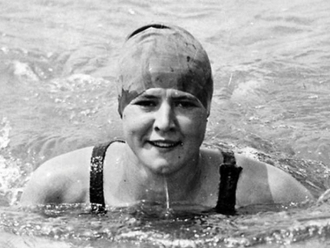
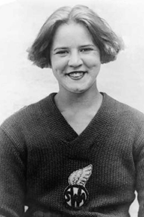
 Amanda S. Stevenson
Amanda S. Stevenson 
 Amanda S. Stevenson
Amanda S. Stevenson 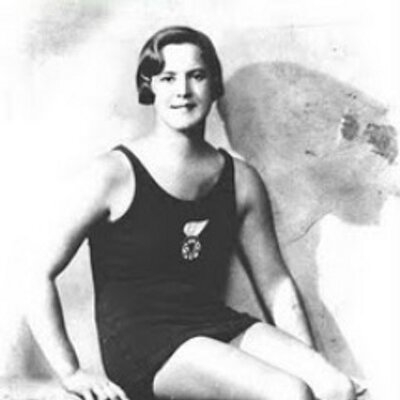
 Amanda S. Stevenson
Amanda S. Stevenson 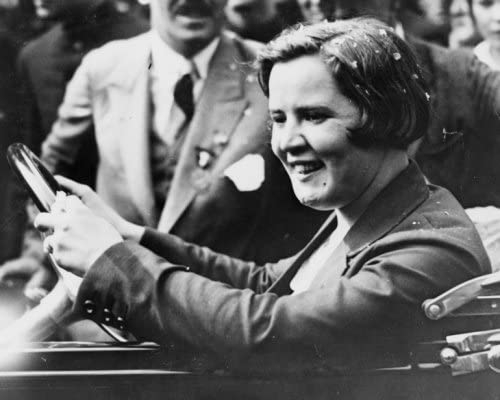
 Amanda S. Stevenson
Amanda S. Stevenson 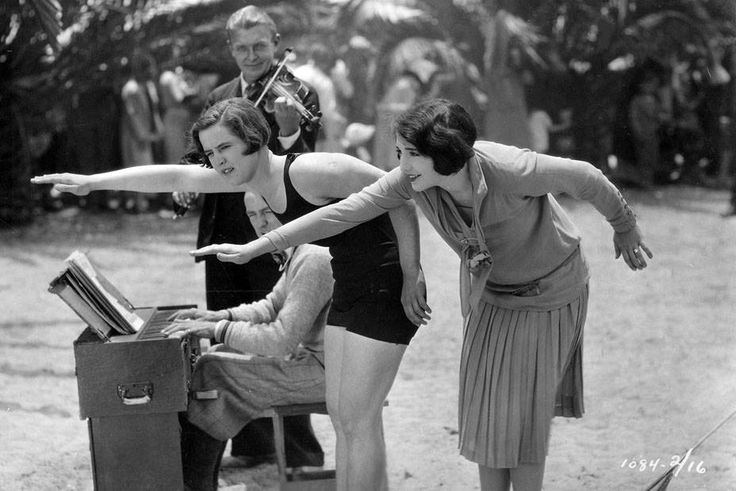
 Amanda S. Stevenson
Amanda S. Stevenson 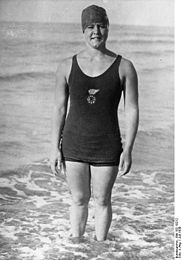
 Amanda S. Stevenson
Amanda S. Stevenson 
